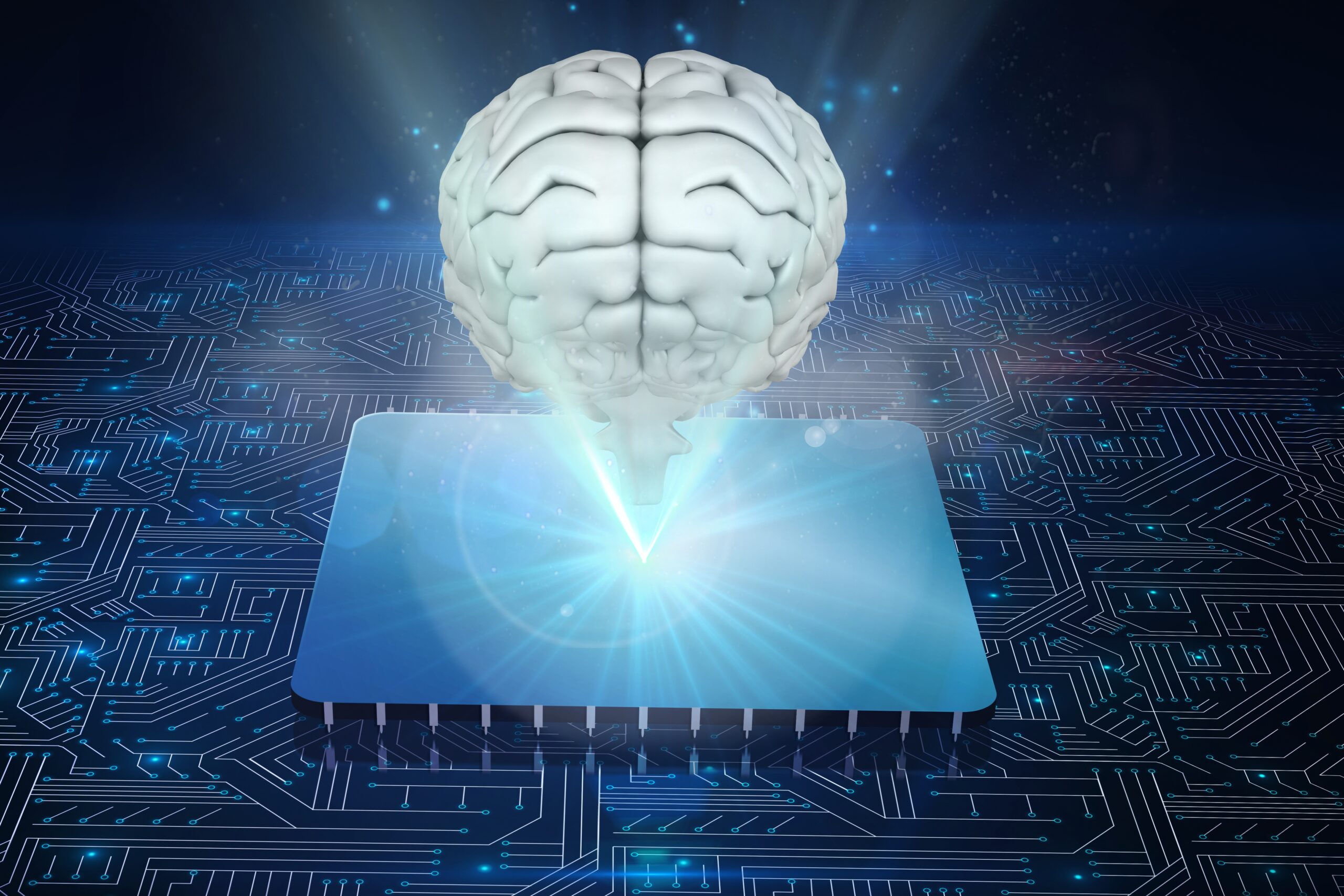Introduction
Agentic AI in 2025 is redefining how we work, learn, and interact with technology. Unlike traditional AI systems that only respond to prompts, Agentic AI acts as an autonomous agent — planning, making decisions, and executing tasks with minimal human input.
For businesses, this shift is more than a technical upgrade. It represents the rise of digital workers capable of handling complex processes end-to-end. From healthcare and customer service to logistics and software development, Agentic AI is quickly becoming one of the most disruptive forces of the decade.

Table of Contents
What is Agentic AI in 2025?
Agentic AI refers to autonomous systems designed to perceive, plan, act, and learn within a given environment. Instead of passively generating text or images, these systems can:
- Gather and analyze information
- Break down objectives into sub-tasks
- Execute actions across connected tools
- Monitor progress and refine results
In simple terms, Agentic AI acts like a digital employee who not only receives instructions but also decides the how and when of completing a task.

How Agentic AI Works
The way Agentic AI in 2025 functions is through sensing, planning, acting, and learning cycles that minimize human effort.
Most agentic systems follow a similar process:
- Perception: Collect data from APIs, sensors, or databases.
- Planning: Determine the best sequence of actions to achieve a goal.
- Execution: Carry out tasks using external tools or services.
- Feedback Loop: Review outcomes, learn from results, and adjust future steps.
This cycle allows the AI to operate in continuous workflows, often requiring little to no human supervision.
Agentic AI vs Traditional AI
Compared to older models, Agentic AI in 2025 offers multi-step automation and real-time adaptability.
It’s important to highlight the difference between generative AI and agentic AI:
- Generative AI: Produces content in response to prompts (text, image, audio). It excels at one-off tasks but relies heavily on human input.
- Agentic AI: Goes beyond content generation. It independently completes multi-step workflows such as scheduling, reporting, or troubleshooting.
For example, while a generative AI might write a sales email, an Agentic AI can write, schedule, send, and analyze performance results automatically.

Key Trends of Agentic AI in 2025
One of the fastest-growing trends is the adoption of Agentic AI in 2025 across finance, healthcare, and logistics.
- Multi-Agent Collaboration – Teams of AI agents working together to solve complex problems.
- Industry-Specific Solutions – Healthcare, finance, and retail are developing tailored AI agents.
- Self-Healing Systems – Agents that detect and fix errors without human input.
- Edge & On-Device AI – Smaller, faster models operating locally for better privacy and lower latency.
- Ethics and Governance – Stronger frameworks to ensure accountability, transparency, and security.
Real-World Use Cases
Enterprise Automation
Organizations are using Agentic AI to automate multi-step business processes. For example, generating monthly performance reports, updating dashboards, and reconciling data across different departments can all be managed autonomously.
Customer Support
Instead of relying on scripted chatbots, companies now deploy AI agents capable of handling entire customer journeys — from checking account details to processing refunds.
Healthcare Operations
Doctors and hospitals benefit from agents that summarize patient records, monitor real-time data, and provide suggested treatment steps, allowing clinicians to focus more on patient care.
Software Development
Agentic AI supports developers by triaging bug reports, running automated tests, and even committing minor fixes directly into repositories.

Benefits for Businesses
According to a McKinsey report on AI adoption, companies using Agentic AI in 2025 are scaling operations faster and reducing costs by up to 30%.
The adoption of Agentic AI offers measurable benefits:
- Efficiency: Companies using Agentic AI in 2025 report improved productivity and decision-making accuracy.
- Cost Reduction: Lower operational expenses through automation.
- Scalability: Ability to scale processes without expanding workforce.
- Accuracy: Minimization of human error in repetitive workflows.
- Employee Productivity: Human teams can focus on strategy and creativity.
Challenges and Risks
However, implementing Agentic AI in 2025 comes with risks like bias, governance issues, and security concerns.
- Data Privacy and Security: Sensitive data must be protected against unauthorized access.
- Ethical Concerns: Clear responsibility is required if an AI agent makes a harmful decision.
- System Dependence: Over-reliance on automation can cause failures if agents malfunction.
- Governance Needs: Audit logs, human oversight, and compliance controls are mandatory.
Businesses must balance innovation with responsibility to ensure safe deployment. As highlighted by Forbes Tech Council, one of the biggest challenges of Agentic AI in 2025 is ensuring ethical decision-making and avoiding bias in automated actions.
How to Get Started: A Practical Checklist
- Identify a Pilot Workflow: Start with a repetitive but valuable task (e.g., monthly reporting).
- Choose a Platform: Frameworks like LangChain, OpenAI agents, or AutoGPT can help.
- Run in Sandbox: Test the agent in a controlled environment before scaling.
- Measure Success: Track efficiency, accuracy, and error rates.
- Add Monitoring: Ensure human oversight and a rollback option.
The Future of Agentic AI
By 2026, experts predict that agentic systems will be as common as chatbots are today. Businesses will rely on fleets of digital workers to handle customer service, logistics, and decision-making at scale.
However, regulations will become stricter, requiring companies to implement clear safety and compliance frameworks. Those who adopt early and responsibly will gain the strongest competitive advantage.

Conclusion
Agentic AI in 2025 is a defining technology for businesses that want to innovate faster and scale automation. Agentic AI is not just another AI buzzword — it represents a new phase in automation and digital transformation. By combining perception, planning, execution, and feedback, these agents act as digital teammates capable of reshaping industries.
For businesses, the opportunity lies in using this technology to increase efficiency while ensuring ethical governance. As 2025 unfolds, Agentic AI is set to become one of the most important drivers of innovation, helping organizations work smarter, faster, and more effectively.




